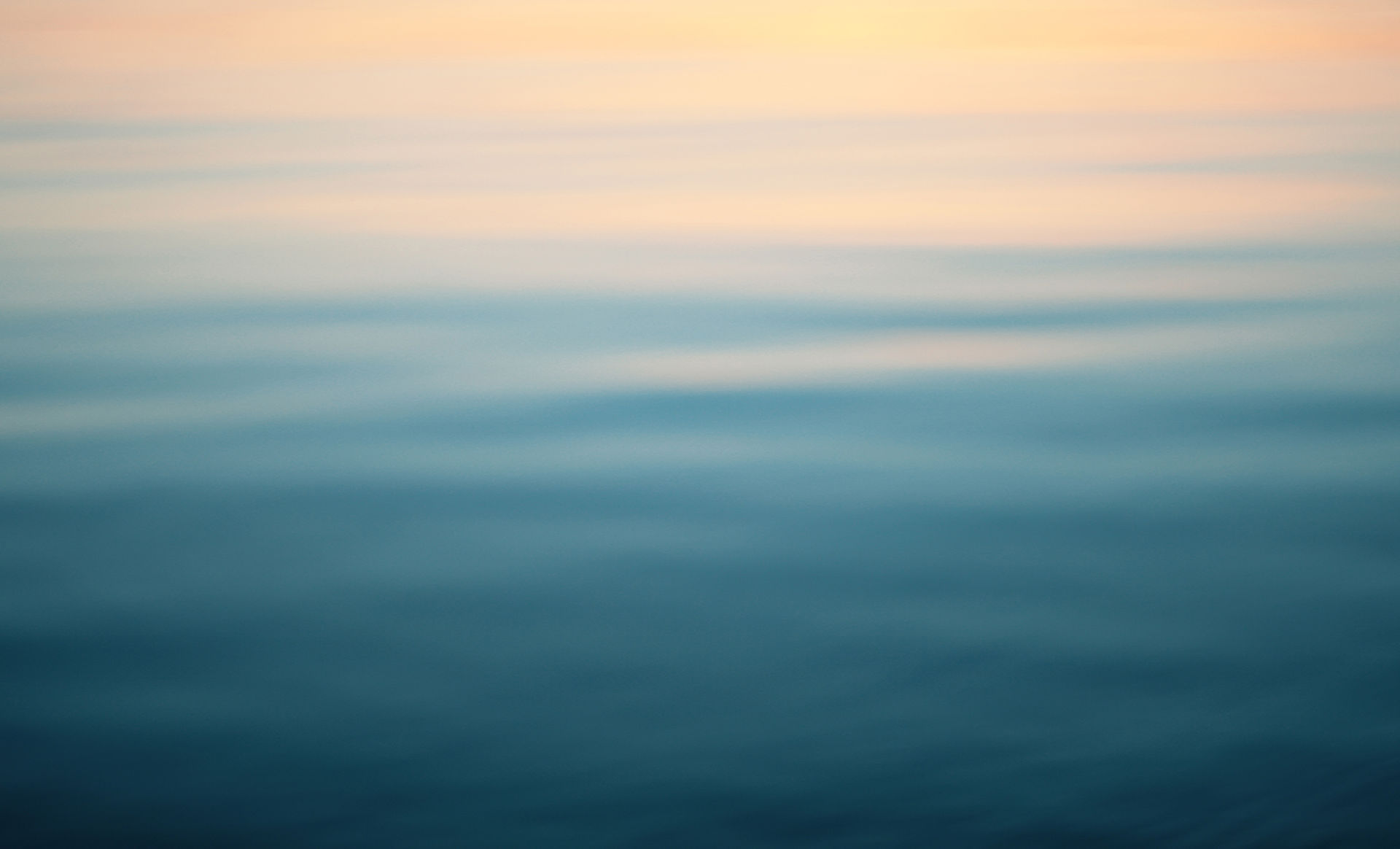Activity 3.3.3 – My Plastic Use.
- Bailey Moraida

- Apr 16, 2020
- 3 min read

Microplastics
Definition: What exactly are microplastics? Well, they basically are a micro form of plastic. Microplastics are small grains of plastic debris that start from bigger plastic debris like water bottles, plastic bags, food packaging, cosmetic abrasives, etc. The plastic continues to breakdown into very small pieces; they can range in size from microns to 0.1 micrometer. Microplastics do not have a particular form, they can vary from a variety of different shapes.
Where they are found: Microplastics can be found in a number of places. This includes, rivers, lakes, streams, and the many parts of the ocean. Microplastics can even be found in tap water. According to research from Samantha and Kimberly Haab written in the Environmental Impacts of Microplastics: An Investigation of Microplastic Pollution in North Country Water Bodies – states that microplastic pollution has been found in north country waterbodies like the Great Lakes, Lake Champlain, St. Lawrence River, and in Potsdam Sewage Treatment Plant (Haab, S., & Haab, K.). This means any area that is similar to these places listed likely are experiencing the same microplastic pollution.
How they get there: The process begins when plastic waste enters the ocean atmosphere. The plastic then starts to degrade and break down. In the ocean the plastic will experience a constant exposer to heat, waves, wind and solar radiation. After time passes the plastic continues to break down from the original state to smaller and smaller pieces. This then creates microplastic. Are disposal of daily plastic use is how microplastics end up in many different water sources.
Problems caused to environment: One of the major problems the environment faces from microplastics is that they do not biodegrade and will forever exist in the environment. We continue to produce large amounts of plastic each year and a very small portion of that is recycled. The plastic ends up in our oceans and our landfills. In our oceans, microplastics can resemble food to marine life and for that reason it is commonly mistaken as food. Marine and wildlife die due to the toxins and chemicals plastic contain. They can also die from starvation because their bodies do not know how to properly digest plastic, the plastic fills and stays in their stomach. The moment plastic enters the environment it affects the entire balance of the ecosystem, especially marine ecosystems and their levels of biodiversity.
Problems caused to humans: Microplastics cause long term negative health impacts to humans and also to many other species. Because microplastics contaminate our waterways and plastic can carry diseases and act as a vector for disease in organisms, it can lead to bioaccumulation and biomagnification of toxins in the ecosystem’s trophic levels. This then causes trophic transfer to humans. This means wildlife is ingesting toxic microplastic and causing a high concentration of toxins in their bodies, then these toxins are transferred to humans when wildlife is eaten by humans – which is very common in the seafood industry. The long-term effect is the decrease of wildlife and the ecosystems health. If the levels continue to decrease these would affect humans by potentially decreasing their food supply, which would directly hurt commercial fisheries, and would hurt leisure tourism for many cities and states, ultimately hurting the economy.
My Daily Plastic Use

Pictured is everything I used in one day that was made from plastic. Majority of it is the food I ate that day that was packed in plastic. The rest is my beauty products I use daily and normal hygiene essentials that are used daily and my cats food that is packaged in plastic. I actually like to think that I'm more than moderately environmentally friendly when it comes to plastic use. Many of my other products are made from glass, recycled products (which is still plastic but at least used again for another purpose), I use reusable bags only, only reusable straws and cups, and I recycle. I do try to buy clothes that don't contain any synthetic fibers, so this day I was not wearing any clothes that contain those types of fibers. Although I do still own clothes that do. Before keeping track of my plastic use, I did think I was someone who was conscious of plastic use and was better than the average person in this area, come to find out that I am not. I did also consider that this was not a day that I did laundry or any sort of cleaning, so the products I would use for that are all packaged in plastic. That being said, there are definitely days where my plastic use is 2-3 times as much than what is pictured, unfortunately.
References
Haab, S., & Haab, K. (n.d.).The environmental impacts of microplastics: An investigation of microplastic pollution in North Country waterbodies. Adventure Scientists.




Comments